In early September, Motorola launched the new Moto G (2nd Generation) in India, succeeding the Moto G 1st gen. Compared to its predecessor, the new Moto G 2014 features a larger screen, an improved camera, front-facing stereo speakers, and support for expandable storage. Both models share the same hardware, including the same CPU and GPU with 1GB of RAM. Unfortunately, the battery capacity remains unchanged, which is quite disappointing.
Let’s dive into our detailed review to see what the new Moto G has to offer!
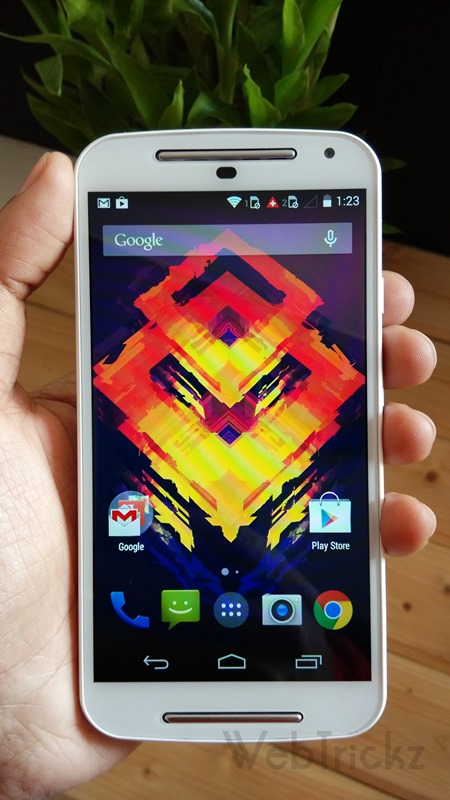
Box contents (Model XT1068)
The box contains the handset, a micro USB wall charger, standard Motorola earphones with hands-free support, and a couple of manuals in English and Hindi.
Moto G 2014 Photos
Click on the images to view them in full size.
Build and Design
The 2nd gen Moto G has a similar form factor to the original Moto G but with a significantly larger display and slightly more weight. We tested the White color variant, which is entirely white and a beauty to hold! The smartphone despite being a mid-range one, boasts an impressive build quality and ergonomic design. The removable back cover is made of polycarbonate with a matte finish that offers a very good grip. The sides have a semi-gloss finish and the front features Corning Gorilla Glass 3 protection.
Despite its large 5-inch display, 11mm thick profile, and 149 grams weight, the phone feels comfortable to hold and use. The curved back and rounded corners make it easy to handle even with one hand. The phone is reportedly water-resistant without an IP certification. Interchangeable back shells (sold separately) allow users to change the Moto G’s appearance with stylish color combinations.
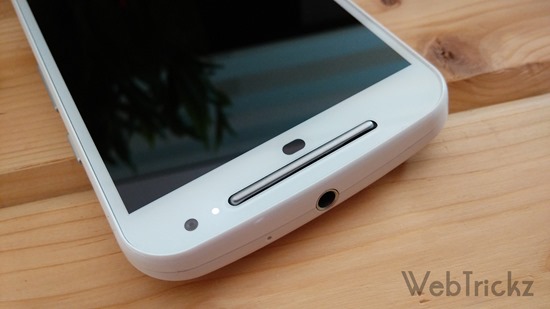
The front of the Moto G 2014 packs two outshining silver metallic color bars that house dual stereo speakers, an earpiece, and the primary microphone. The front top is equipped with proximity and ambient light sensors, a front camera, and a white color LED notification light. The plastic power button and volume rocker on the side offer low tactile feedback. The secondary noise-canceling microphone and 3.5mm jack are located at the top, while the micro USB port is placed at the bottom.
The removable back panel reveals two slots for a micro SIM card and one slot for a micro SD card. Unfortunately, our unit had a slightly loose back cover, similar to the issue with the Moto E, and we noticed a slight gap between the edges and the screen glass that accumulated dust. The phone comes in two colors, Black and White, with an option for interchangeable colorful backshells.
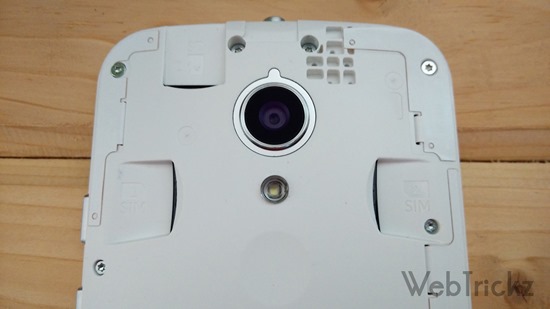
Overall, the phone has a great build quality, looks premium, and feels good in the hand.
Display
The next-generation Moto G (2014) sports a 5-inch IPS HD display with a resolution of 1280 x 720 pixels. Despite its larger size, the display retains the same resolution as its predecessor, resulting in a slightly lower pixel density of 294ppi compared to the 326ppi of the 1st gen Moto G. The display is protected by Corning Gorilla Glass 3 and is splash-resistant. The display offers bright picture quality, wide viewing angles, and good color reproduction. The display quality of the Moto G 2nd gen is excellent for its budget pricing.
Battery
The new Moto G comes with the same 2070mAh non-removable battery as its predecessor. While the capacity may seem inadequate for the larger display, the battery performance is decent. Initially, we noticed a faster battery drain, but after a full charge, the battery life improved noticeably.
In our test, the battery lasted 20 hours and 30 minutes at 6 percent with a screen-on time of 5 hours and 47 minutes under standard usage. The phone includes a ‘Battery Saver’ option that helps you conserve power when the battery is low. There is no LED indicator for charging, but that isn’t a big deal. The phone comes with a 550mA non-detachable wall charger that charges the phone slowly. TIP: You can rather use a quality charger with an output of 1A/2.0A to charge it faster.
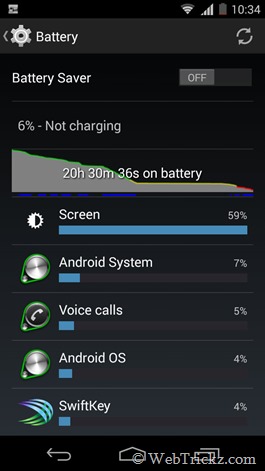
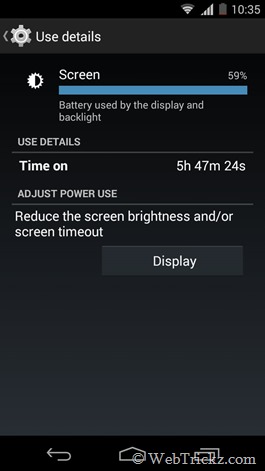
Storage
Unlike the 1st gen Moto G, the Moto G 2 supports expandable storage up to 32GB via microSD card. The phone is only available in a 16GB variant in India, that offers 12GB of user-available internal storage. With an SD card inserted, you can save camera photos directly to the memory card by enabling the option in the camera settings. The phone comes with USB OTG support, allowing you to connect a micro USB pen drive and watch media content on the go.
Since there is no file manager app included, you can download one from Google Play to explore your USB storage files. Users concerned about low internal storage don’t need to worry, as they can simply move apps to the SD card from the Apps settings.
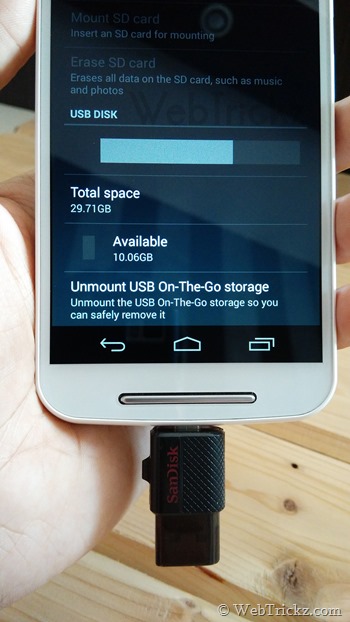
Sound
The Moto G 2 features dual stereo speakers in the front, similar to HTC smartphones. The speakers are positioned at the mid-top and mid-bottom on the front, behind the stylish pair of silver bars. They are loud and clear but not exceptional. There is noticeable distortion in sound quality at high volumes, which can be reduced by turning off the ‘Audio Effects’ option in sound settings. The sound quality is not very crisp, and the voice call quality is average.
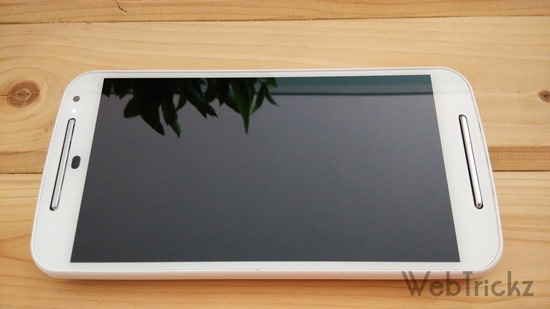
Connectivity
The new Moto G is a Dual-SIM handset, and 3G works on both SIMs, although we didn’t test 3G on both SIMs simultaneously. It accepts a micro SIM card for both slots that work in dual-standby mode and has an FM Radio. Connectivity options include Wi-Fi 802.11 b/g/n, Wi-Fi hotspot, Bluetooth 4.0 LE, HSPA+, micro USB 2.0, GPS with A-GPS and GLONASS.
In the Dual SIM settings, you can set connection priority, enable/disable either of the SIM cards, and switch between 3G & 2G networks. You also have the option to change the SIM name and SIM color. If only one SIM is inserted, the icon for the second SIM intelligently hides from the status bar.
Camera
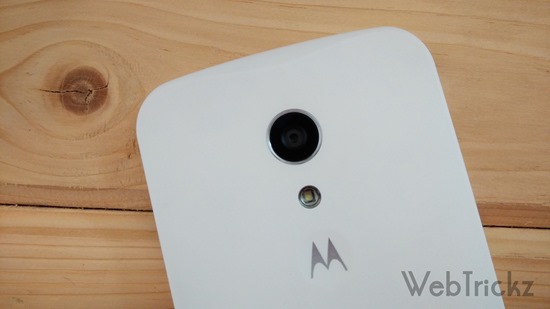
The phone features an 8MP rear camera with LED flash, an improvement over the 1st gen Moto G. It comes with f/2.0 aperture and camera features include Autofocus, Slow motion video, Burst mode, Auto HDR, Panorama, face detection, geo-tagging, tap-to-focus, support for 720p HD video recording @30fps, and still capture in 4:3 & 16:9 aspect modes. The UI of the camera app is simple with minimal options, and you can tap anywhere to capture. There is a 2MP front-facing camera for selfies with support for 720p video recording.

The 8MP shooter takes good photos with natural colors, though they may appear slightly noisy. Low-light shots without flash and night shots with flash look decent.
To get an idea of the camera quality, check the various untouched camera shots taken in different conditions below. Click to view them in full size.
Moto G 2014 (2nd Generation) Camera Samples
The phone also supports SloMo video recording at 720p, watch a non-edited sample below:
Performance and UI
The new Moto G is powered by a Cortex-A7 Qualcomm Snapdragon 400 1.2 GHz quad-core CPU and Adreno 305 GPU, clocked at 450 MHz. It packs the same MSM8226 chipset and 1GB RAM as the 1st gen Moto G, so you can expect similar performance. We tried running the Dead Trigger 2 game on the new Moto G. The gaming performance was smooth, and the graphics were amazing.
The phone runs on stock Android 4.4.4 KitKat without any bloatware and comes pre-loaded with a few Motorola proprietary apps like Alert, Assist, and Migrate. Motorola has already started rolling out the latest Android 5.0 Lollipop update for Moto G (2nd Generation) in the US, with more countries to follow soon. The biggest advantage of having this phone!
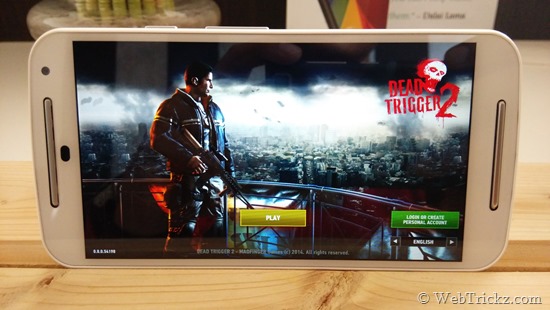 Initially, we were disappointed with the inclusion of only 1GB of RAM in the new Moto G, as that’s the norm for most entry-level Android phones nowadays. However, the software has been optimized well according to the hardware, so you won’t experience any lags unless you repeatedly perform intensive tasks on the device. In benchmark tests, the device scored 17990 in Antutu and 8946 in the Quadrant benchmark.
Initially, we were disappointed with the inclusion of only 1GB of RAM in the new Moto G, as that’s the norm for most entry-level Android phones nowadays. However, the software has been optimized well according to the hardware, so you won’t experience any lags unless you repeatedly perform intensive tasks on the device. In benchmark tests, the device scored 17990 in Antutu and 8946 in the Quadrant benchmark.
Verdict
The Motorola Moto G 2014 is one of the best Android phones in the sub-15k price segment in India. It comes with Motorola’s brand name, premium design, larger display, runs on the latest version of Android, and an upgrade to Android 5.0 Lollipop is guaranteed. The new Moto G packs a high-quality display, stereo speakers, Dual-SIM, expandable storage, delivers great performance, and offers all the features one would expect from a quality smartphone.
Priced at Rs. 12,999 for the 16GB variant, the Moto G 2nd generation is a value-for-money phone! Those interested can buy it online from Flipkart.


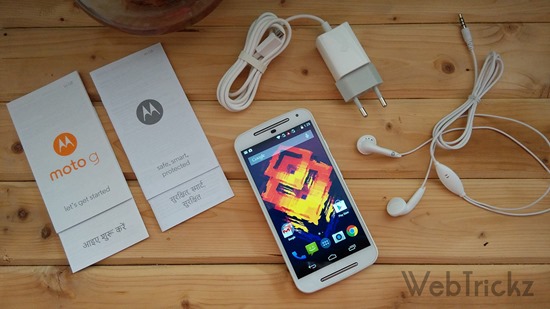
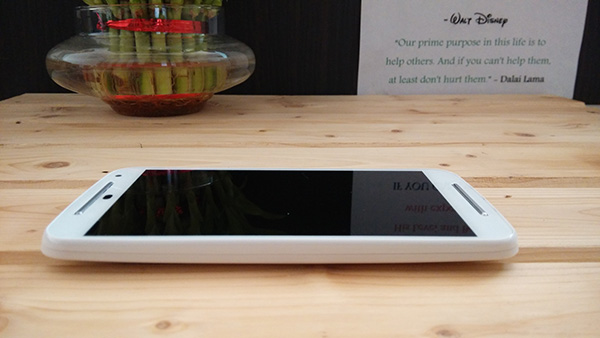
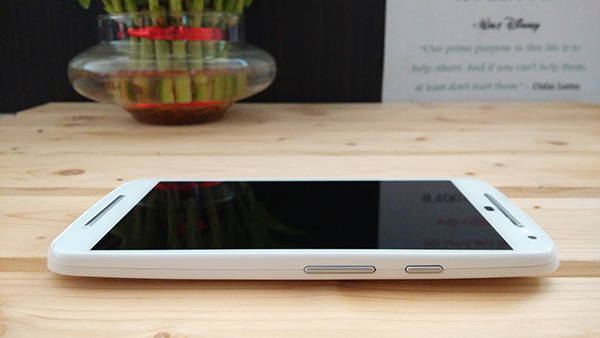
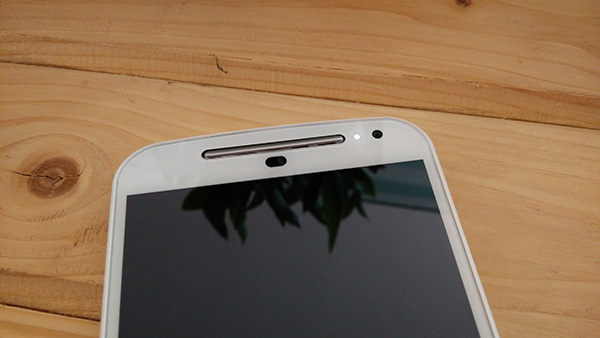
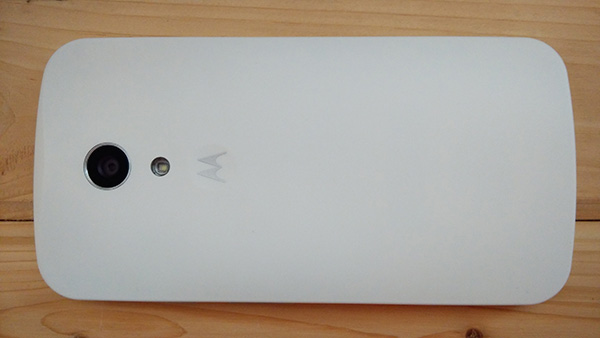
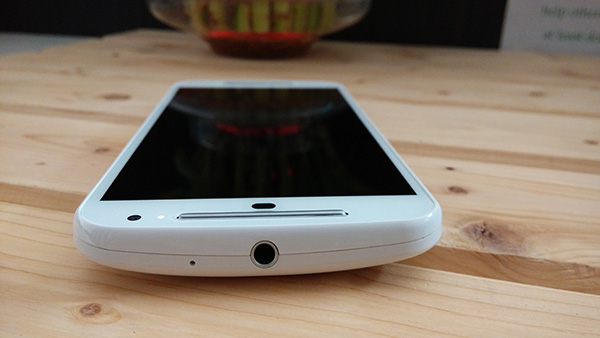
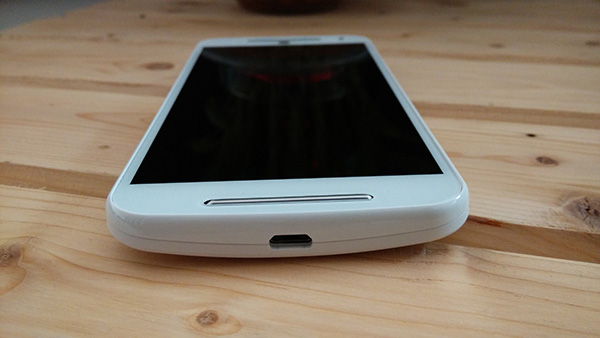
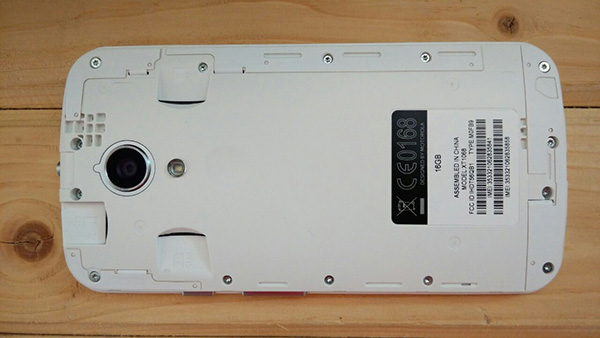
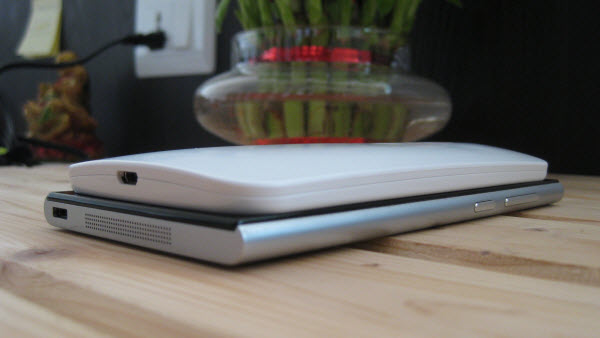
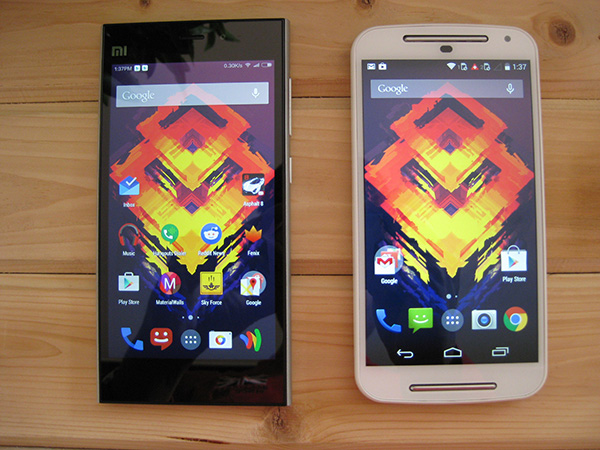

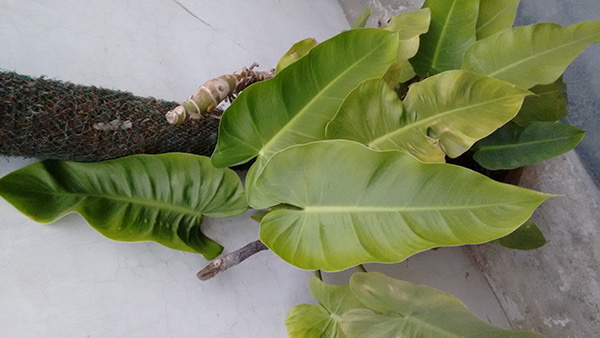
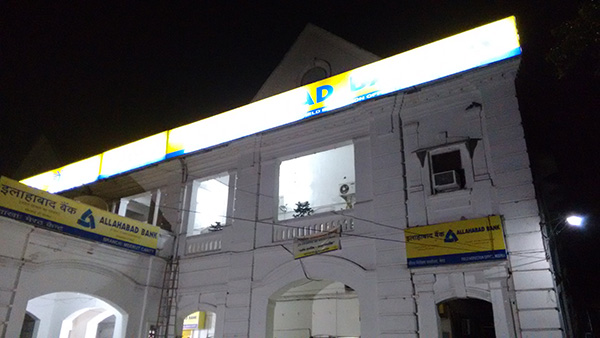

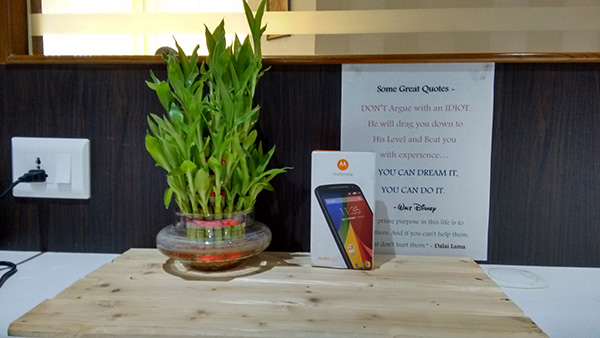
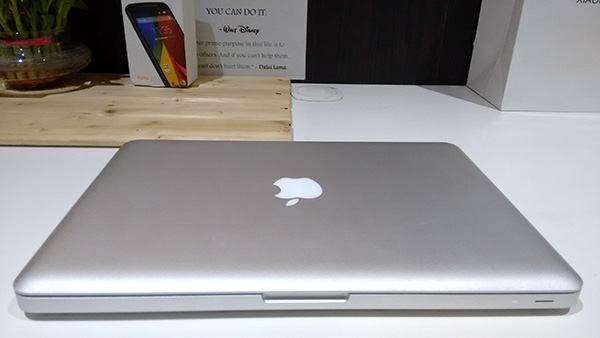
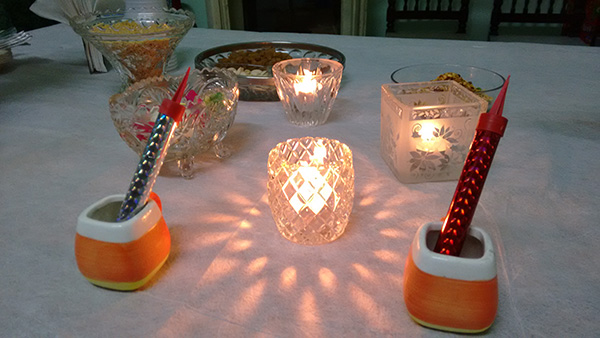
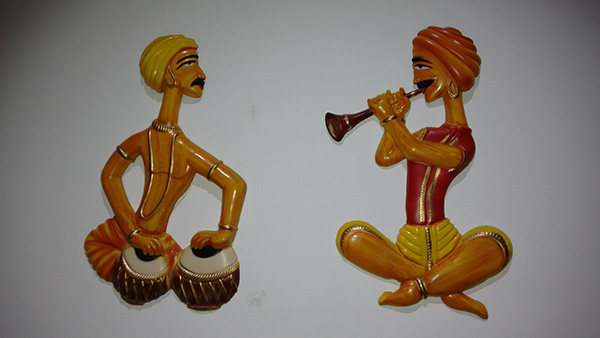
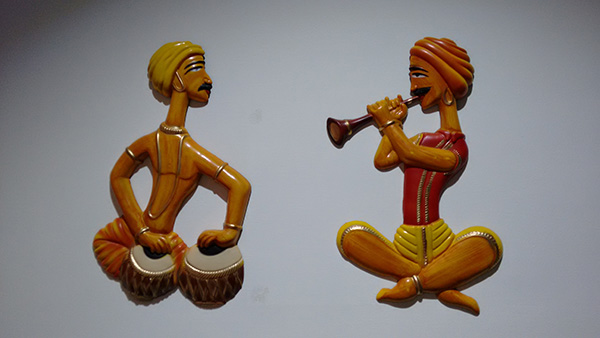
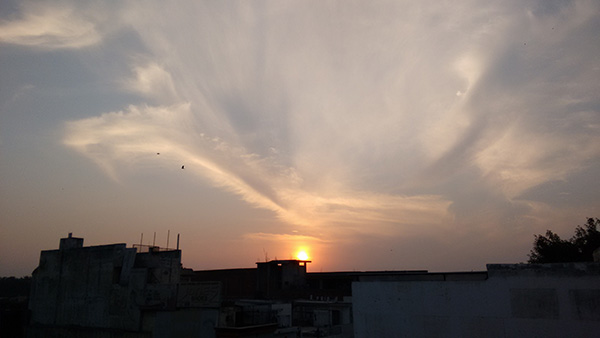
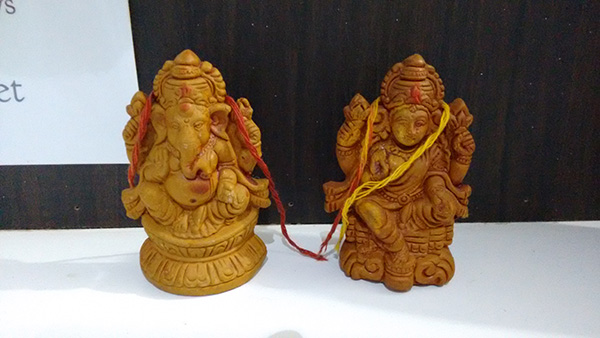
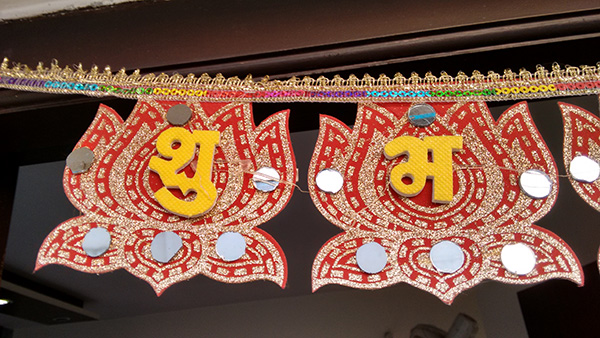






I love Moto’s. And talking about this phone, i think the World’s turn toward Moto. Loaded with lots of features. AM loving it.
Awesome Review , hey bro can you just send me Inbox invite at my mail id bhatnagarapurv1994(at)gmail(dot)com.